There are over 100 solar panel brands approved by the Clean Energy Council for sale under Australia’s federal rebate scheme. As the most valuable part of your solar system, the solar panels are a crucial element to understand and choose correctly. This article provides some basic background on solar panels and provides the information you need to compare options and select a good one.
How do solar panels work?
Solar panels work by converting sunlight directly into electricity. They are made of photovoltaic (PV) cells, usually silicon-based. When sunlight hits these cells, it creates an electric field that causes electrons to move, generating direct current (DC) electricity. This process is called the photovoltaic effect. The electricity produced can then be used to power your home or business.
Solar panels typically have between 54 and 78 ‘solar cells’. These are encased in glass with a backing sheet and are usually framed with aluminium.
Learn more about home solar systems in our introductory guide.
Get quote for solar panels from trustworthy installers
Solar Choice has pre-vetted a list of over 400 solar installers across Australia over the last 16 years. Use our online quote comparison tool to compare some of the leading options in your area and transparently browse through their quote information on our portal.
You can compare pricing across different brands and select the installers you want to get a final offer from.
Compare solar quotes from pre-vetted installers in your area
Solar Panel Brand Comparison
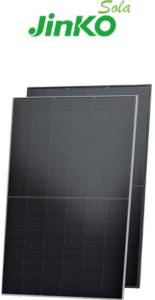
Jinko
Solar Panel
Office in Australia:
Yes
Made In:
China
Bloomberg Tier 1:
Yes
PV Evolution labs test:
Yes (5 out of 7 tests)
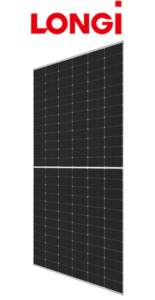
Longi
Solar Panel
Office in Australia:
Yes
Made In:
China
Bloomberg Tier 1:
Yes
PV Evolution labs test:
Yes (6 out of 7 tests)
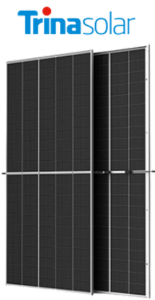
Trina
Solar Panel
Office in Australia:
Yes
Made In:
China
Bloomberg Tier 1:
Yes
PV Evolution labs test:
Yes (7 out of 7 tests)
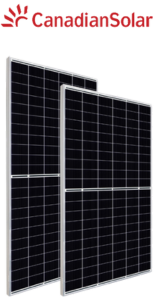
Canadian Solar
Solar Panel
Office in Australia:
Yes
Made In:
China
Bloomberg Tier 1:
Yes
PV Evolution labs test:
Yes (6 out of 7 tests)
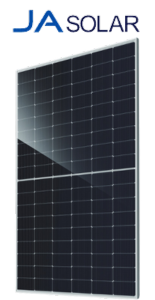
JA Solar
Solar Panel
Office in Australia:
No
Made In:
China
Bloomberg Tier 1:
Yes
PV Evolution labs test:
Yes (6 out of 7 tests)
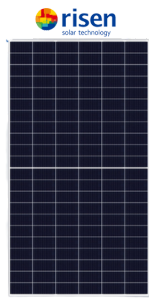
Risen
Solar Panel
Office in Australia:
Yes
Made In:
China
Bloomberg Tier 1:
Yes
PV Evolution labs test:
Yes (7 out of 7 tests)
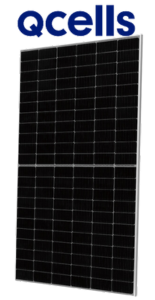
Q Cells
Solar Panel
Office in Australia:
Yes
Made In:
South Korea
Bloomberg Tier 1:
Yes
PV Evolution labs test:
Yes (3 out of 7 tests)
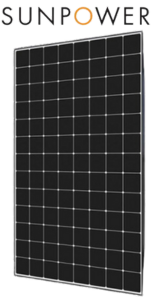
SunPower
Solar Panel
Office in Australia:
Yes
Made In:
China
Bloomberg Tier 1:
Yes
PV Evolution labs test:
No
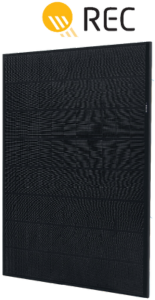
REC
Solar Panel
Office in Australia:
Yes
Made In:
Singapore
Bloomberg Tier 1:
Yes
PV Evolution labs test:
No
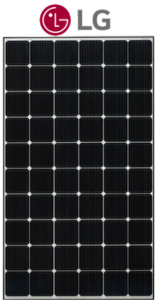
LG
Solar Panel
Office in Australia:
Yes
Made In:
South Korea
Bloomberg Tier 1:
Yes
PV Evolution labs test:
No
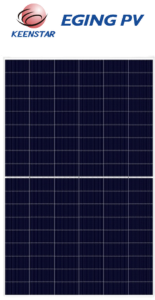
EGing
Solar Panel
Office in Australia:
No
Made In:
China
Bloomberg Tier 1:
Yes
PV Evolution labs test:
Yes (6 out of 7 tests)
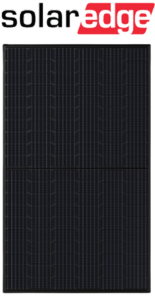
SolarEdge
Solar Panel
Office in Australia:
Yes
Made In:
China
Bloomberg Tier 1:
No
PV Evolution labs test:
No
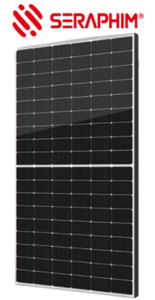
Seraphim
Solar Panel
Office in Australia:
No
Made In:
China
Bloomberg Tier 1:
Yes
PV Evolution labs test:
No
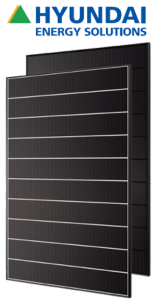
Hyundai
Solar Panel
Office in Australia:
Yes
Made In:
China
Bloomberg Tier 1:
Yes
PV Evolution labs test:
Yes (5 out of 7 tests)
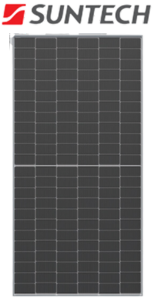
Suntech
Solar Panel
Office in Australia:
Yes
Made In:
China
Bloomberg Tier 1:
Yes
PV Evolution labs test:
Yes (5 out of 7 tests)
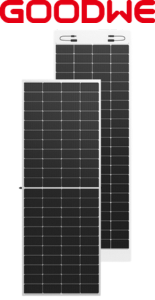
GoodWe
Solar Panel
Office in Australia:
Yes
Made In:
China
Bloomberg Tier 1:
Yes
PV Evolution labs test:
No
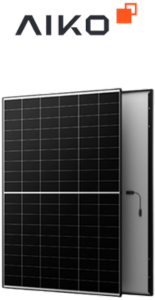
AIKO
Solar Panel
Office in Australia:
Yes
Made In:
China
Bloomberg Tier 1:
Yes
PV Evolution labs test:
Yes (6 out of 7 tests)
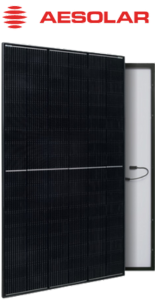
AE Solar
Solar Panel
Office in Australia:
No
Made In:
Germany
Bloomberg Tier 1:
Yes
PV Evolution labs test:
No
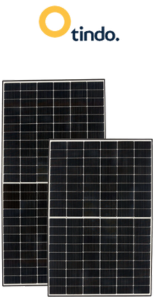
Tindo
Solar Panel
Office in Australia:
Yes
Made In:
Australia
Bloomberg Tier 1:
No
PV Evolution labs test:
No
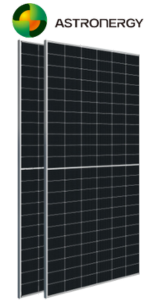
Astronergy
Solar Panel
Office in Australia:
Yes
Made In:
China
Bloomberg Tier 1:
Yes
PV Evolution labs test:
Yes (6 out of 7 tests)
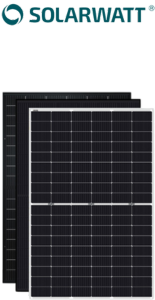
Solarwatt
Solar Panel
Office in Australia:
Yes
Made In:
Germany
Bloomberg Tier 1:
No
PV Evolution labs test:
No
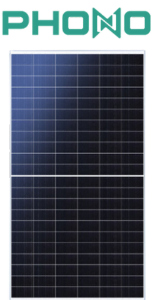
Phono
Solar Panel
Office in Australia:
No
Made In:
China
Bloomberg Tier 1:
Yes
PV Evolution labs test:
Yes (3 out of 7 tests)
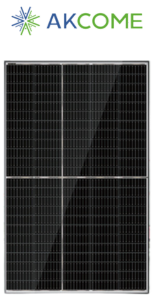
AKCOME
Solar Panel
Office in Australia:
Yes
Made In:
China
Bloomberg Tier 1:
Yes
PV Evolution labs test:
No
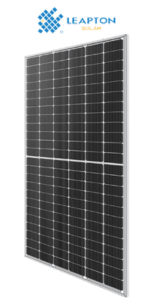
Leapton
Solar Panel
Office in Australia:
Yes
Made In:
China
Bloomberg Tier 1:
Yes
PV Evolution labs test:
Yes (4 out of 7 tests)
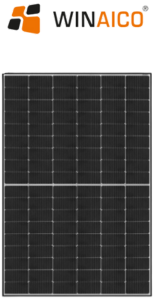
Winaico
Solar Panel
Office in Australia:
Yes
Made In:
China
Bloomberg Tier 1:
No
PV Evolution labs test:
No
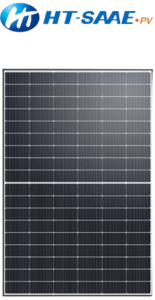
HT-SAAE
Solar Panel
Office in Australia:
Yes
Made In:
China
Bloomberg Tier 1:
Yes
PV Evolution labs test:
Yes (7 out of 7 tests)
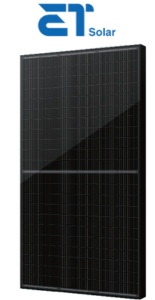
ET
Solar Panel
Office in Australia:
Yes
Made In:
China
Bloomberg Tier 1:
No
PV Evolution labs test:
No
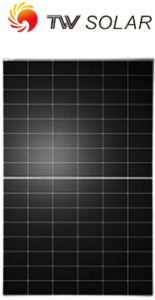
TW Solar
Solar Panel
Office in Australia:
No
Made In:
China
Bloomberg Tier 1:
No
PV Evolution labs test:
No
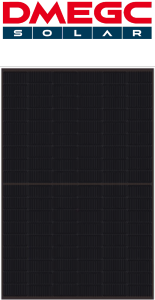
DMEGC
Solar Panel
Office in Australia:
Yes
Made In:
China
Bloomberg Tier 1:
Yes
PV Evolution labs test:
Yes (5 out of 7 tests)
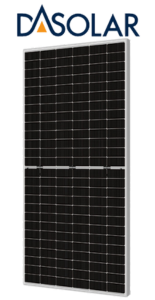
DAS Solar
Solar Panel
Office in Australia:
Yes
Made In:
China
Bloomberg Tier 1:
Yes
PV Evolution labs test:
Yes (5 out of 7 tests)
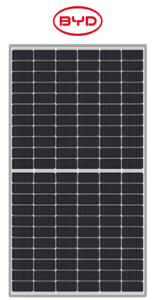
BYD
Solar Panel
Office in Australia:
Yes
Made In:
China
Bloomberg Tier 1:
No
PV Evolution labs test:
No
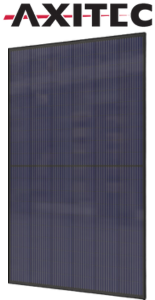
Axitec
Solar Panel
Office in Australia:
Yes
Made In:
China
Bloomberg Tier 1:
No
PV Evolution labs test:
No
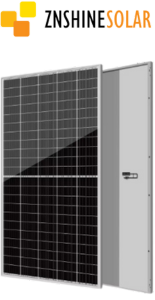
ZNShine
Solar Panel
Office in Australia:
Yes
Made In:
China
Bloomberg Tier 1:
Yes
PV Evolution labs test:
Yes (4 out of 7 tests)
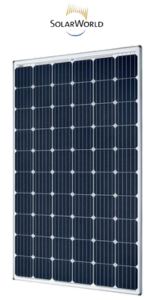
SolarWorld
Solar Panel
Office in Australia:
No
Made In:
Germany
Bloomberg Tier 1:
No
PV Evolution labs test:
No
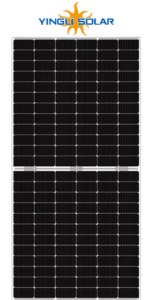
Yingli
Solar Panel
Office in Australia:
Yes
Made In:
China
Bloomberg Tier 1:
Yes
PV Evolution labs test:
Yes (5 out of 7 tests)
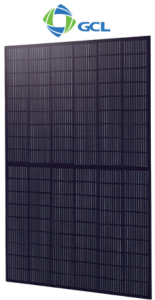
GCL
Solar Panel
Office in Australia:
No
Made In:
China
Bloomberg Tier 1:
No
PV Evolution labs test:
Yes (4 out of 7 tests)
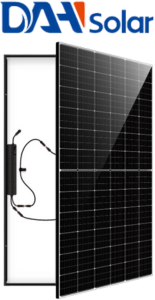
DAH Solar
Solar Panel
Office in Australia:
No
Made In:
China
Bloomberg Tier 1:
Yes
PV Evolution labs test:
No
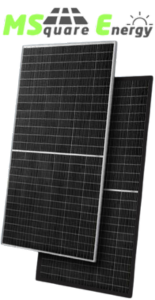
MSquare
Solar Panel
Office in Australia:
Yes
Made In:
Australia
Bloomberg Tier 1:
No
PV Evolution labs test:
No
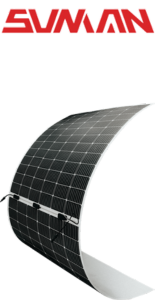
Sunman
Solar Panel
Office in Australia:
Yes
Made In:
China
Bloomberg Tier 1:
No
PV Evolution labs test:
No
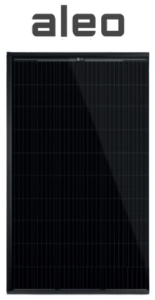
Aleo Solar
Solar Panel
Office in Australia:
No
Made In:
Germany
Bloomberg Tier 1:
No
PV Evolution labs test:
No

CSUN
Solar Panel
Office in Australia:
No
Made In:
China
Bloomberg Tier 1:
No
PV Evolution labs test:
No
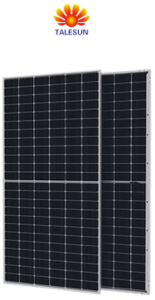
Talesun
Solar Panel
Office in Australia:
Yes
Made In:
China
Bloomberg Tier 1:
No
PV Evolution labs test:
No
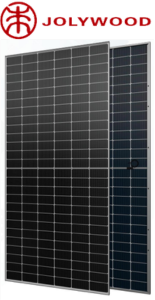
Jolywood
Solar Panel
Office in Australia:
Yes
Made In:
China
Bloomberg Tier 1:
Yes
PV Evolution labs test:
Yes (6 out of 7 tests)
How to choose a good solar panel brand?
If you do not want to pay top dollar, but you are looking for a solar panel that is trusted cost-effective brand, then we recommend considering the following criteria:
- Bloomberg Tier 1 ranking: The infamous tier 1 ranking is NOT a measure of quality in any way. It is simply an indication of the bankability of the manufacturer based on publicly released information on the financial health of the company. This should give you an idea if the company is a large, well-known manufacturer. The full ranking is publicly available but each brand will typical promote their inclusion in the list if they made the cut.
- PV Evolution Labs: This organisation completes the largest and must trusted independent testing of solar panels. If you the solar panel brand you looking for ranks as a top performer in this test, then that’s a good sign.
- Australian Office: Some these brands may be big in Europe or China but not be well-supported in Australia. We definitely recommend only buying from brands that have an established local office in Australia with a clearly defined process for claiming warranty. We regularly hear about customers troubles with the brands that try to manage this from overseas.
If the solar panel your considering does not hit these 3 tests, then we would recommend caution. We have published a independent review on each of the solar panel brands available in Australia where you can do further research.
Picking a good solar panel is only part of the story as the labour and other equipment usually make up another 50% of the overall solar system cost.
Compare solar quotes from up to 7 local installers now.
- Why a big battery could be cheaper than a small battery with the federal rebate? - 19 June, 2025
- Heat Pump Costs – Solar Choice Price Index - 1 June, 2025
- Solar Panel Costs: Solar Choice Price Index | June 2025 - 1 June, 2025
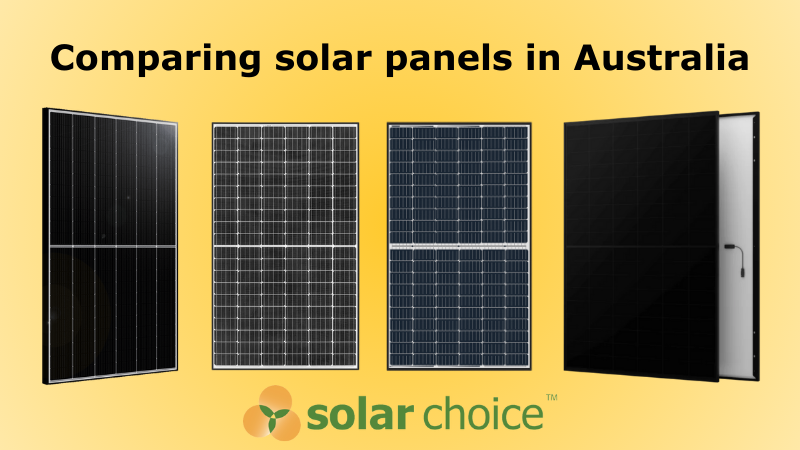
Panels are only half the deal. If you have a great panel but a 2nd rate inverter (Think Huawei) then youre not really any better off.
How are risen solar panels??
Hi Jeewan,
Risen would be considered a mid-range panel. They are on the cheaper side to buy at a solar wholesaler, but present a reasonable option if you are looking for a cost effective system. It might be worth considering paying a little bit more for one of the panels that are on the top performers list above?
Regards,
Solar Choice Staff
Sunpower panels do not appear. Are they no longer considered a top line performer?
Thank you.
Wagga
Hi Wagga,
Sunpower are generally considered a premium panel with significantly longer warranties than most alternatives. They have not chosen (paid) to participate in the DNV GL voluntary testing, so perhaps they may feel they don’t need the additional credibility rating.
I would still feel confident recommending Sunpower in any circumstances – if you’re willing to pay a bit more for longer warranties and a higher quality panel.
Regards
SC Staff
Hello. Wondering why LG panels do not rate in the DNV GL Top Performers test?
Thanks
Begnat
Hi Begnat,
They have ranked in previous years but this year this have missed out. DNV GL do not publish reasons for panels not being on the list, so it’s unclear whether they didn’t participate or didn’t perform well. We would assume the former.
In our opinion LG panels are an excellent solar panel for consumers happy to pay a premium for a longer warranty period.
Regards,
Solar Choice Staff